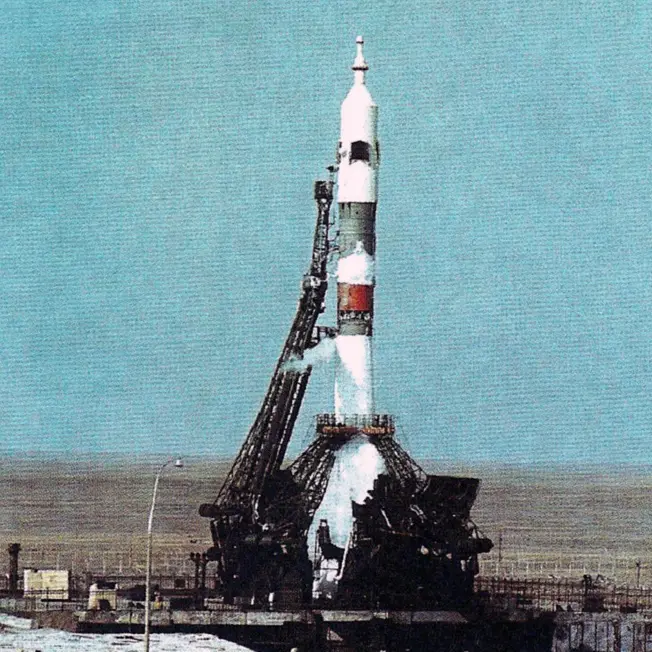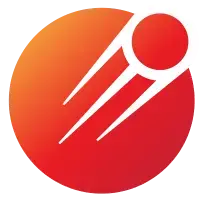Soyuz 13
Launch Success
Liftoff Time (GMT)
11:55:00
Tuesday December 18, 1973
Mission Details
Launch Notes
The cosmonauts named the spacecraft Кавказ ("Caucasus").
Soyuz 13
Soyuz 13 was a 1973 Soviet crewed space flight, the second test flight of the redesigned Soyuz 7K-T spacecraft that first flew as Soyuz 12. The spacecraft was specially modified to carry the Orion 2 Space Observatory. The flight, crewed by Pyotr Klimuk and Valentin Lebedev, was the Soviet Union's first dedicated science mission, and was the first mission controlled by the new Kaliningrad Mission Control Center. Launched 18 December 1973, the Soyuz 13 crew of Klimuk and Lebedev performed some of the experiments intended for the failed Salyut space stations from the previous year. Unlike Soyuz 12, the craft was equipped with solar panels to allow for an extended mission. Additionally, an orbital module was attached replacing unneeded docking equipment. This module included the Orion 2 Space Observatory. The crew used a mulispectral camera to measure the atmosphere and pollution. They also tested the Oasis 2 closed ecology system, and harvested protein, yielding 30 times the original bio-mass. Medical tests were also carried out, including experiments to measure blood flow to the brain. The crew landed in a heavy snowstorm on 26 December, but were recovered a few minutes later, some 200 km southwest of Karaganda. This is Soyuz's 22th flight, and 12th crewed flight. The Soyuz is a Soviet crewed spaceship, developed to made manned lunar missions. This version called 7K will fly 4 times on the giant launcher N1, and several tens of times on Proton to fly over the Moon, which will be successful during the mission Zond 4. Soyuz will become the first spacecraft to transport living beings to the Moon during the flight of Zond 5, with two turtles. Subsequently, it is adapted to low orbit and will fly on the Soyuz launcher to serve the Salyut and Mir stations and the ISS.
Low Earth Orbit
1 Payload
6,560 kilograms
Launch Site
Stats
Soyuz
24th
Mission
4th
Mission of 1973
OKB-1
804th
Mission
85th
Mission of 1973
1973
110th
Orbital launch attempt

